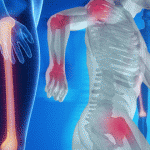Past research has indicated that a periodontal pathogen that produces the peptidularginine deiminase (PPAD) enzyme may affect levels of anti-cyclic citrullinated peptide antibody. A new study suggests serum anti-PPAD IgG titers might be a useful biomarker for designing a personalized treatment strategy for RA…





